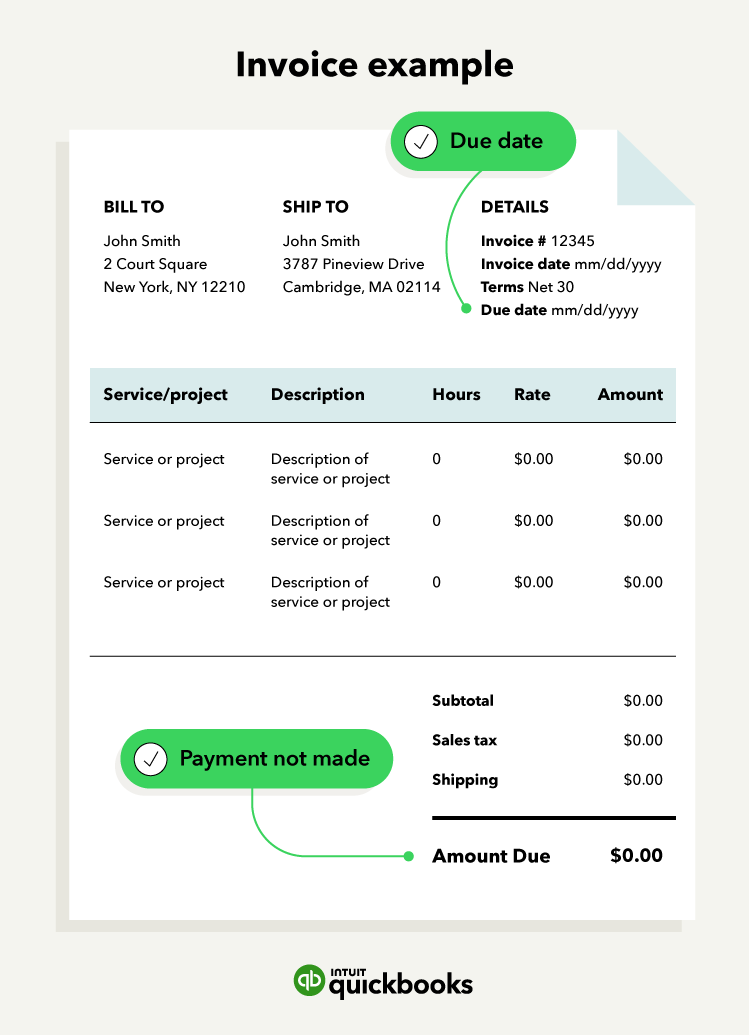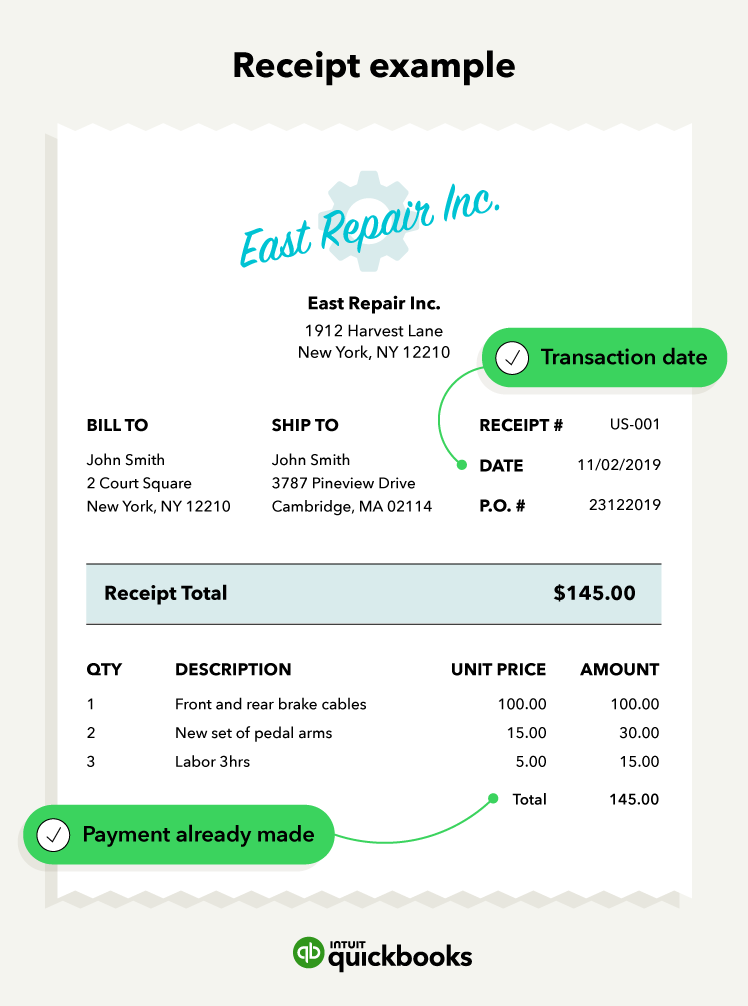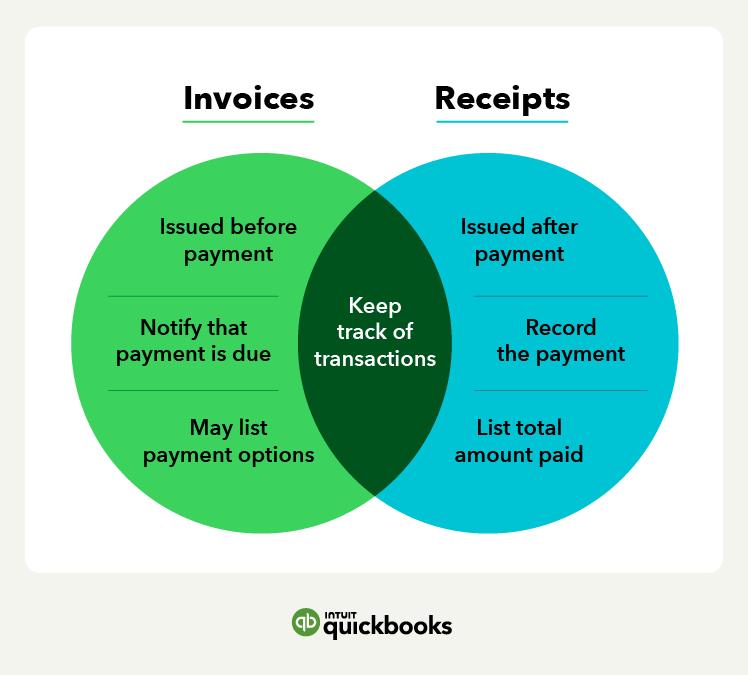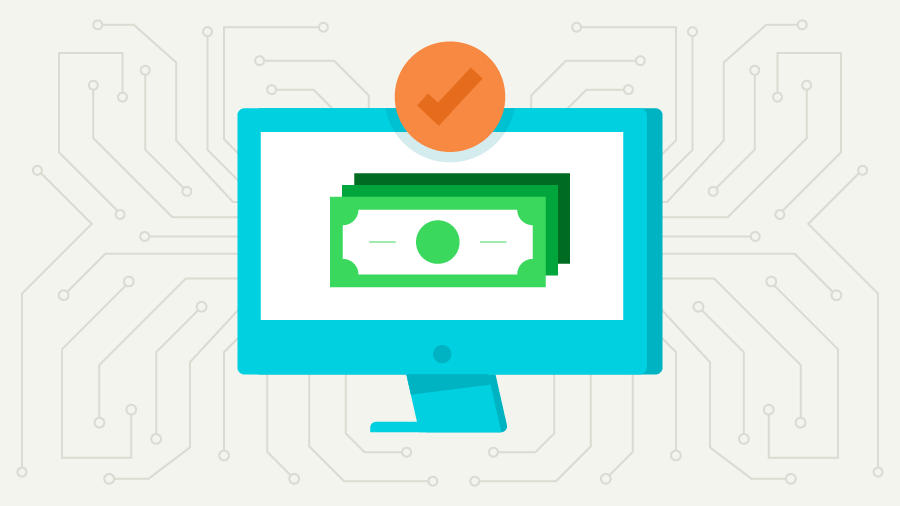**Product Information
Money movement services are provided by Intuit Payments Inc., licensed as a Money Transmitter by the New York State Department of Financial Services. For more information about Intuit Payments' money transmission licenses, please visit https://www.intuit.com/legal/licenses/payment-licenses/
QuickBooks Payments: QuickBooks Payments account subject to eligibility criteria, credit and application approval. Subscription to QuickBooks Online is required. Money movement services are provided by Intuit Payments Inc., licensed as a Money Transmitter by the New York State Department of Financial Services.
#Claims
1. Get Paid 4x Faster: ‘Four times faster’ based on U.S. customers using QuickBooks Online invoice tracking and payment features compared to customers not using these features from August 2021 to July 2022.
Terms, conditions, pricing, special features, and service and support options subject to change without notice.















